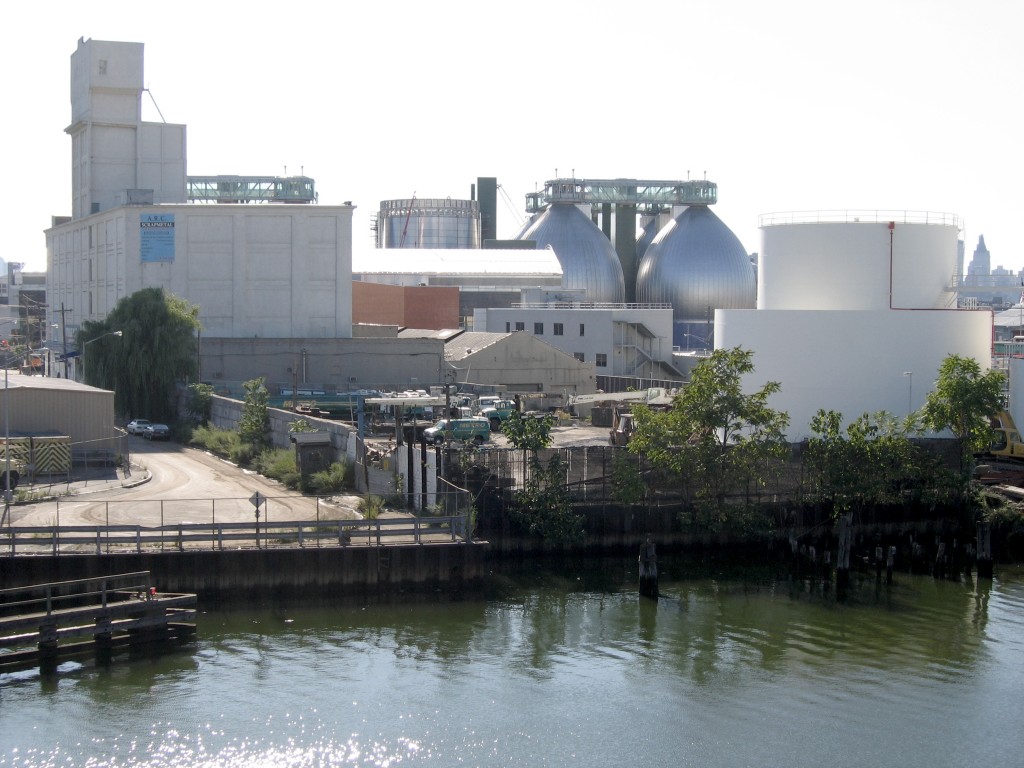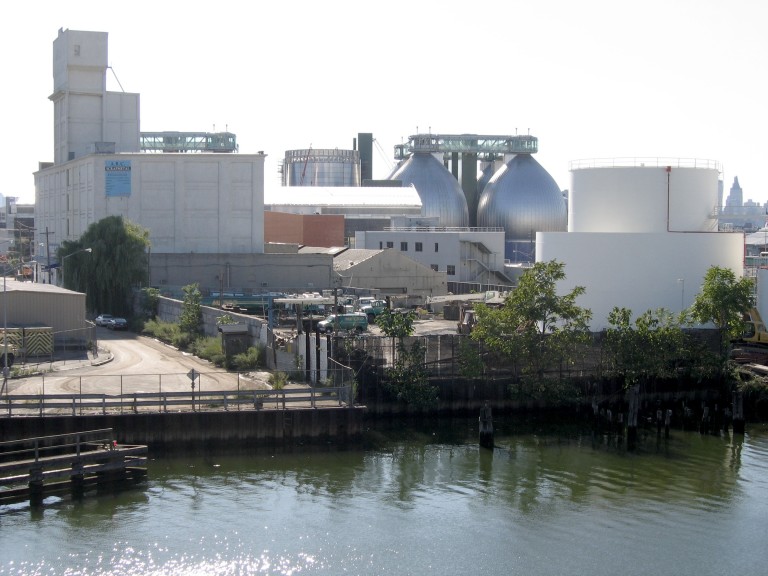 Twenty five years ago, over a case of dirty water, New York State sued the city.
Twenty five years ago, over a case of dirty water, New York State sued the city.
The Department of Environmental Conservation (DEC) filed a lawsuit against the New York City Department of Environmental Protection (DEP), in 1986 alleging the Newtown Creek Wastewater Treatment Facility in Greenpoint failed to meet federal standards.
After a series of lawsuits and facility upgrades—which included a settlement for more than $10 million toward green projects in Brooklyn and Queens—the Newtown Creek facility is finally in federal compliance.
This week, the DEP announced that the Newtown Creek Facility is meeting the Clean Water Act’s secondary treatment standards that call for 85 percent of pollutants to be removed before water is discharged back into the surrounding waterways.
“The Clean Water Act has been a major impetus behind New York City’s efforts to restore the health and beauty of our harbor,” said Environmental Protection Commissioner Cas Holloway.
The Newtown Creek Facility was opened in 1967, and remains the largest wastewater treatment plant in the city; it’s the last of 14 to meet compliance with the Clean Water Act standards.
“Thanks to an unprecedented level of investment in water and wastewater infrastructure, we [are within compliance] two years ahead of schedule,” Holloway said. “New York harbor is the cleanest it’s been in more than a century.”
The city’s facilities treat an average of 1.3 billion gallons of wastewater every day and are equipped to handle up to 3.6 billion gallons during heavy rain.
According to Holloway, Mayor Michael Bloomberg invested billions of dollars in city funds to raise the city’s wastewater treatment process to meet federal standards, and bring the facilities in line with his green plan for the city, PlaNYC.
According to the Greenpoint Gazette, the DEP has allocated funds to three non-profit organizations for green projects: the City Parks Foundation will receive approximately $7 million (some residents are still hopeful that funding will go to St. Saivour’s Park); the New York State Energy Research Development Authority will receive $2 million; and the Hudson River Foundation New York City Environmental Fund will receive $1 million.
Each recipient is required by the state to use community input when developing their projects.
by David J. Harvey

